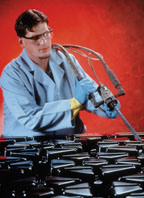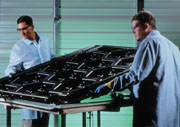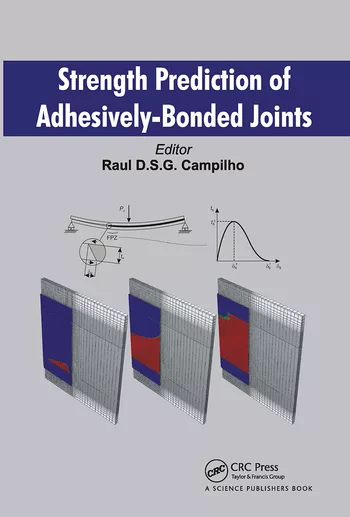Truck Tonneau Covers Bonded With Polyurethane

To overcome the problem, Leer began working with Vantico chemists to find a medium-viscosity, slump-resistant adhesive that would allow Leer to produce tonneaus at a higher volume and lower labor cost than traditional open molding of fiberglass-reinforced plastic components. The Arathane AW 8680/HW 8685 polyurethane that was ultimately selected for the application exhibits a 10-minute gel time that is sufficient for part assembly and a fast room-temperature cure that supports increased productivity. The adhesive is also formulated specifically for bonding thermoplastics and, once cured, exhibits an elongation of 250% to produce bond lines that will retain their strength as the tonneau cover flexes during use.

Assembly Process
The LT2000 tonneau covers are produced from Telene outers — that Leer reaction injection molds (RIM) in economical “soft tooling” — and high-strength, honeycomb-like ABS inners that are vacuum-formed by an outside supplier. For assembly, the Telene outer skin is placed in a bonding nest, the ABS inner is installed on a movable cart and both are pre-wiped with solvent. After the solvent flashes off the inner, the Arathane AW 8680/HW 8685 polyurethane is meter-mixed in a 1:1 resin-to-hardener ratio by volume in Leer’s automated dispensing equipment. The blended adhesive is then applied around the panel perimeter as well as across the center of the part. Metal reinforcing plates are also mounted on all four corners of the panel using the polyurethane. The part is then inverted and positioned onto the outer skin, taking care to center the ABS panel so that flanges are fully aligned. To complete assembly, cover components are clamped in place until they are cured enough to be moved to the paint area.
Once panels are removed from the bonding nest, Leer technicians clean and inspect surfaces and install all necessary hardware. Then, the covers are sent to the paint room for priming and painting. As a final step, they are buffed and quality-checked once again before being shipped to customers.
Additional information on Arathane AW 8680/HW 8685 polyurethane is available from Vantico Inc., 5121 San Fernando Road West, Los Angeles, CA 90039; call 818-247-6210; fax 818-507-0167; e-mail info@vantico.com; or visit the Web site www.vantico.com.
Looking for a reprint of this article?
From high-res PDFs to custom plaques, order your copy today!




